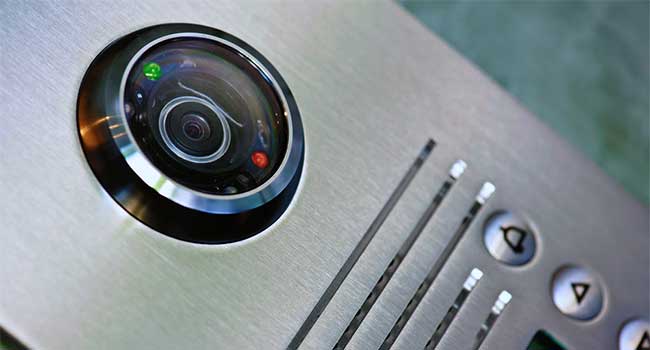
Texas School District Installs Video Intercom System
Texas school district implements video intercom system for better access control.
- By Sydny Shepard
- September 13, 2018
Round Rock Independent School District is using part of a $508 million bond to install a video camera intercom system at every school in the district to improve safety for students and faculty.
The $200,000 project, which is among $29.7 million set aside in the bond for safety and security projects, will cover all of the 55 schools in the district. The video intercoms are among safety and security projects included in the bond which will be put to voters in November.
After installing the systems, all school doors will be locked during class hours, and visitors will have to explain to office staff why they are visiting before gaining access.
"The whole idea is to protect front office staff and buy us some time in case the ladies in the front see something is not right or see someone acting strange or someone unknown," said Mario De La Rosa, district director of safety and security. "It might annoy some, but its for a good cause."
De La Rosa said the new measures allows time for staff to call 911 if needed and identify any suspicious packages coming into the school. The video intercom systems have been previously installed at Westwood High School and the Round Rock Opportunity Center.
"It has been a great addition to our already established safety procedures, and the Westwood community has done a fantastic job of embracing this additional security step, as they know it ultimately benefits our students," Westwood Principal Mario Acosta said in a statement.
The school district has taken additional steps to improve safety on campus, including upgrading surveillance cameras, promoting the “see something, say something,” campaign, providing an anonymous alerts system and offering various training for staff to better respond to a school shooting incident.
About the Author
Sydny Shepard is the Executive Editor of Campus Security & Life Safety.